Mango
The tropical fruit relies on bees, wasps, and flies for its survival.
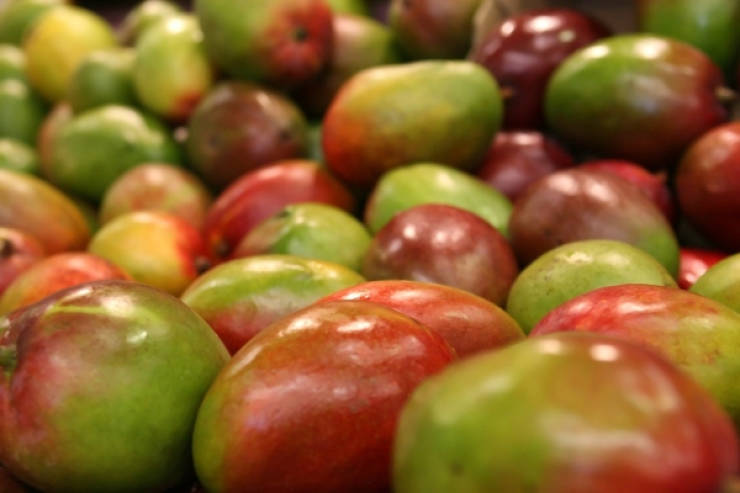
Cacao
Cacao pods are used to make chocolate. Bees and midges are essential in the pollination process.
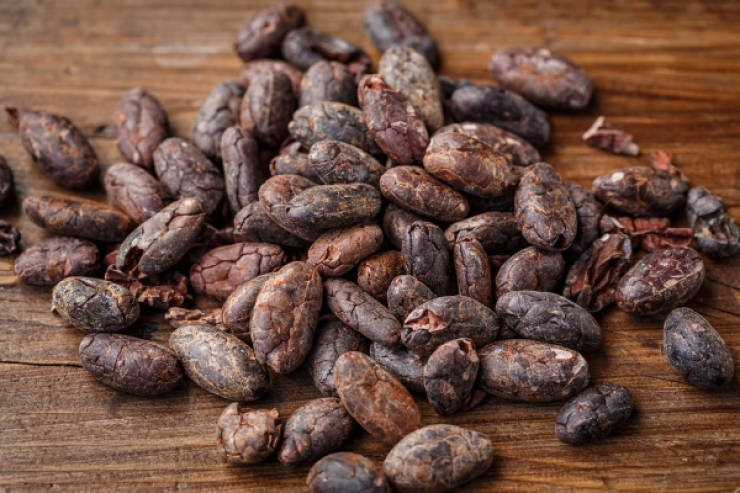
Avocados
Bees, along with flies and bats, pollinate avocados. Without the help of honeybees, they could be in serious danger.
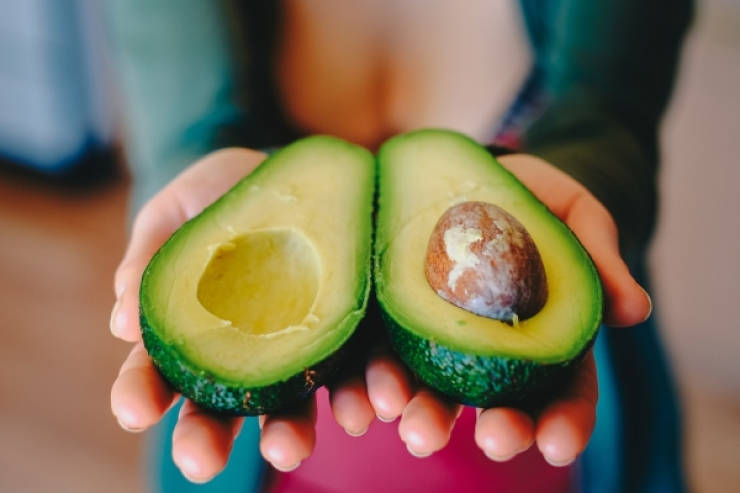
Coffee trees
The coffee plant grows in countries close to the equator and is pollinated by wild bees, which help the crops produce a high yield.
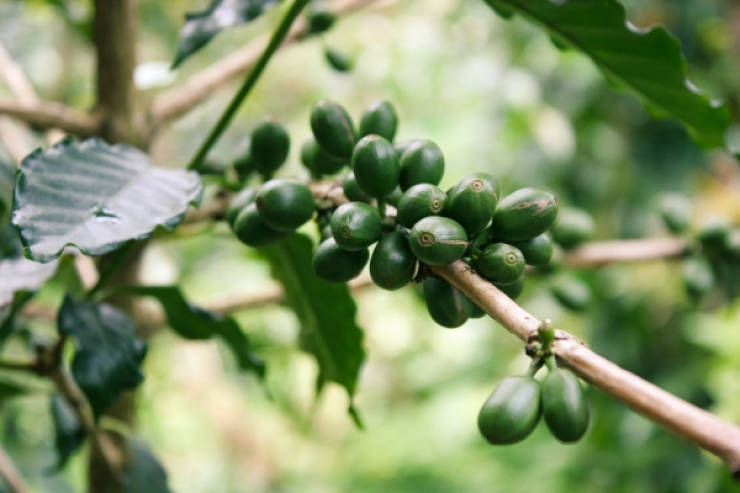
Alfalfa
Leafcutter bees and honeybees pollinate alfalfa.
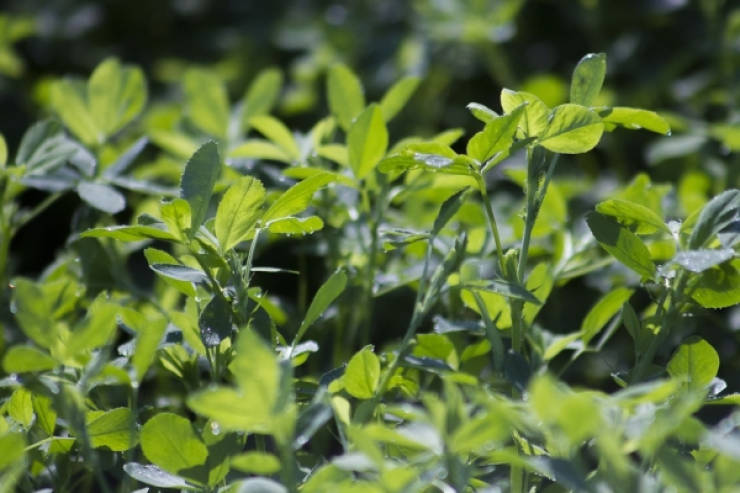
Dairy products
Losing alfalfa might not seem like that a big deal, but cows graze on alfalfa, meaning this could cause a shortage in dairy products.
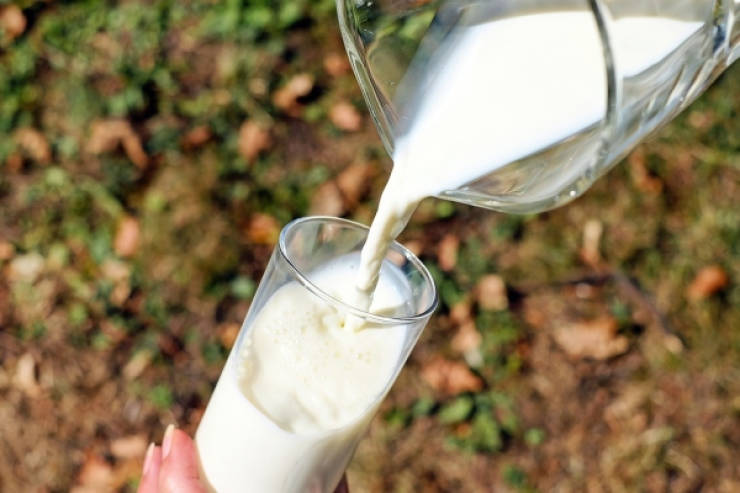
Anise
The herb is responsible for root beer, black jelly beans and absinthe. Without honeybees, anise could very well disappear.
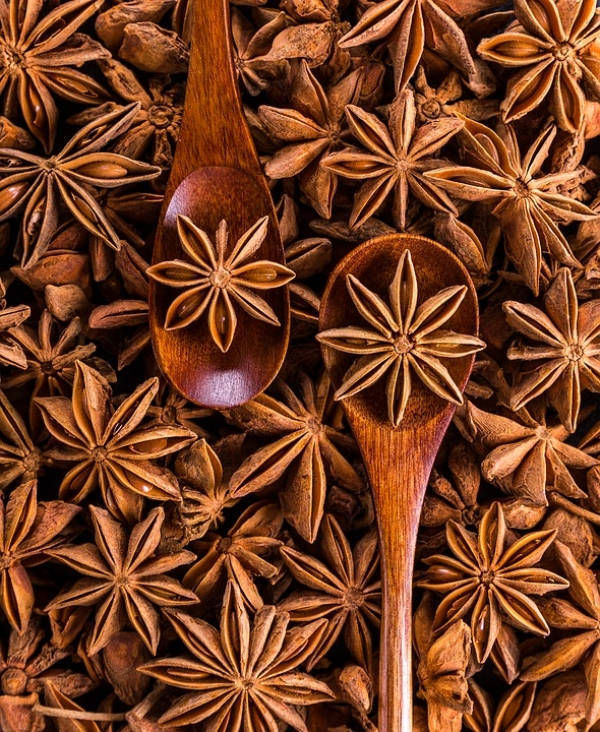
Almonds
Almond trees rely heavily on honeybees to grow. The U.S. is the biggest producer of almonds in the world, trucking over a million beehives into California for pollination a year.
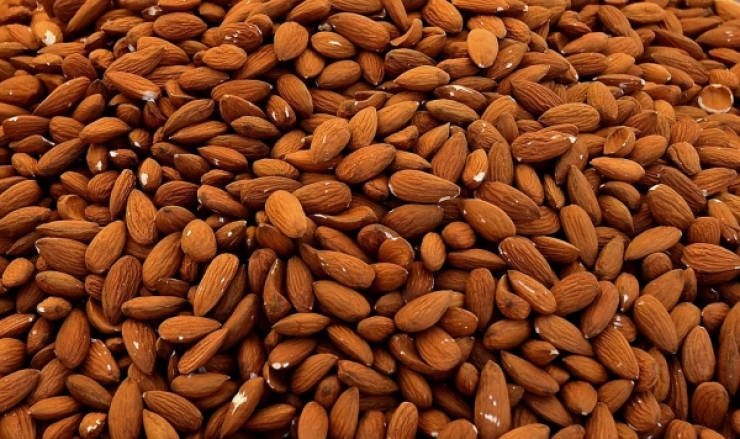
Apples
Apples are mainly pollinated by honeybees and orchard mason bees.
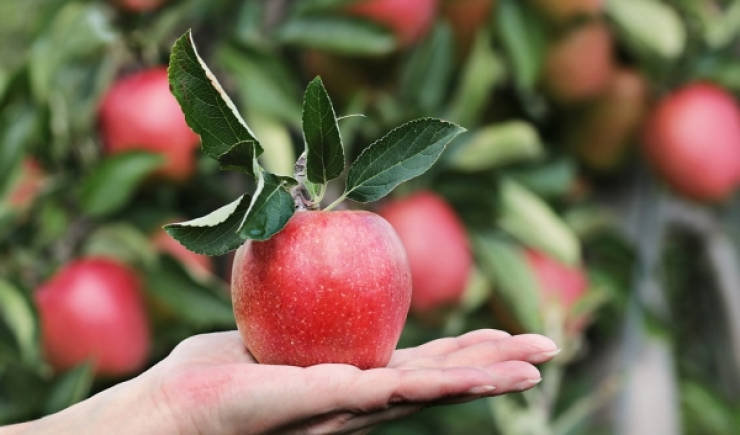
Apricots
Honeybees are crucial to the pollination of this fruit.
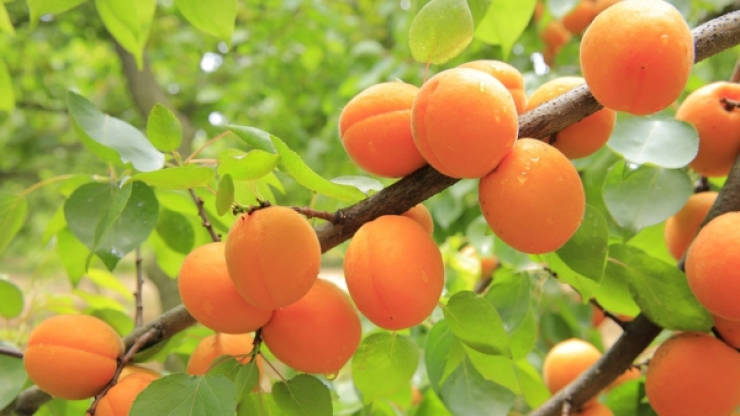
Blueberries
More than 100 types of bees are necessary for the pollination of this fruit. Blueberry pollen is too heavy and sticky to travel through wind, so bees must help in the pollination process.
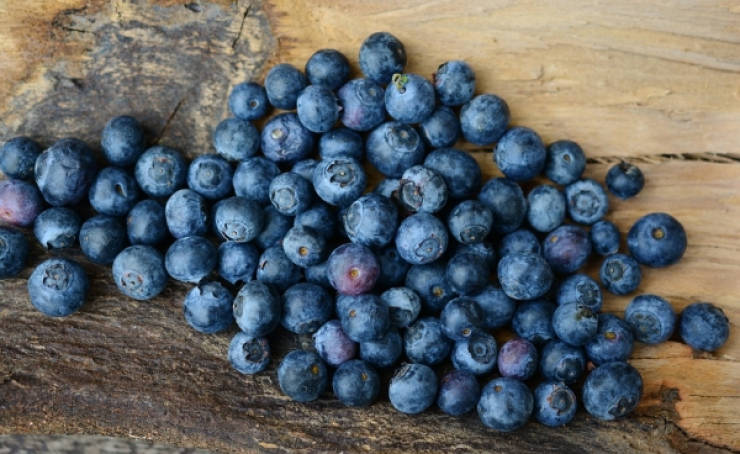
Kiwi
Honey bees, bumble bees, and solitary bees all pollinate kiwi.
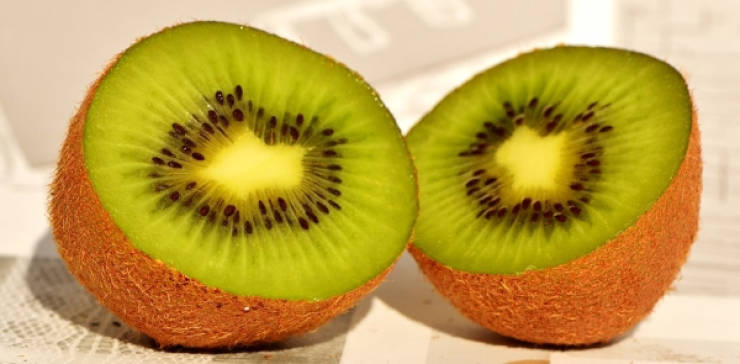
Cashew
trees Cashews are very reliant on insect pollination, mainly from honeybees.
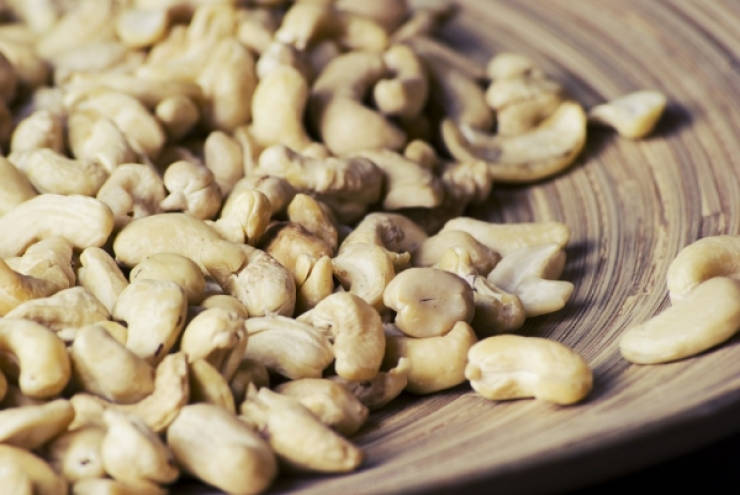
Cherries
Honeybees are the primary pollinator of cherries.
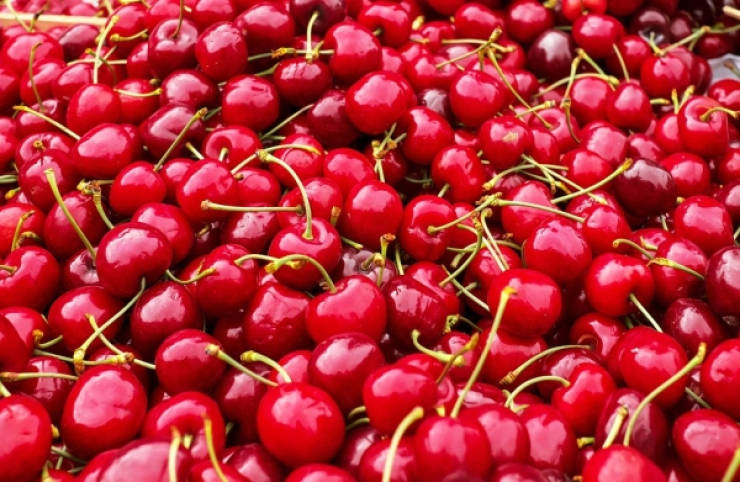
Cardamom
The popular spice is found in Thai curries, Indian masalas, chai, gin, and certain types of gum. Cultivated varieties of cardamom rely on social bees to survive.
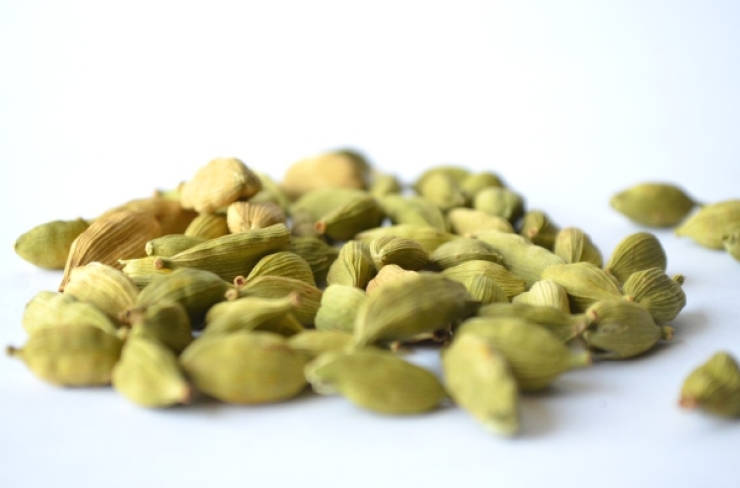
Raspberries and blackberries
Both varieties of berries can grow in many climates, as long as there are bees around to pollinate their bushes.
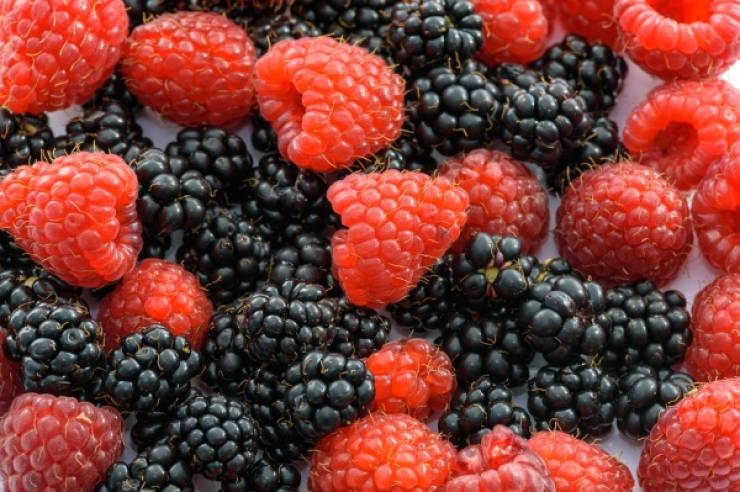
Grapefruit
Pollination from bees is required for a high yield of the hybrid fruit.
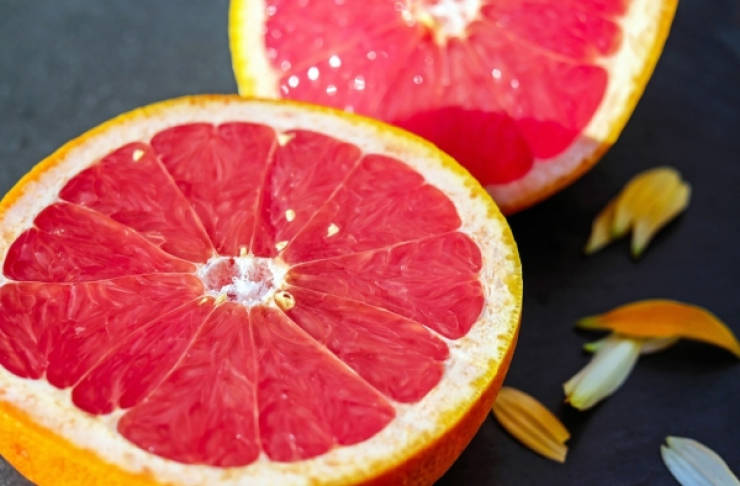
Macadamia nuts
The tropical tree relies on honey bees and stingless bees to grow and thrive.
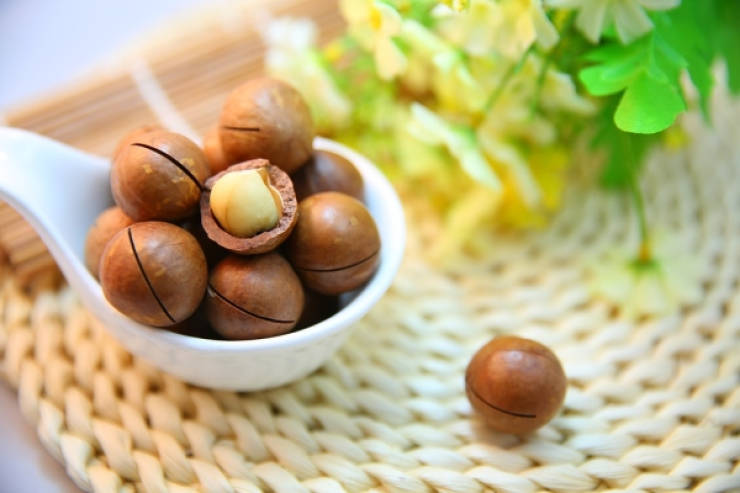
Peaches
Peaches require the pollination of honey bees to produce a viably sized crop.
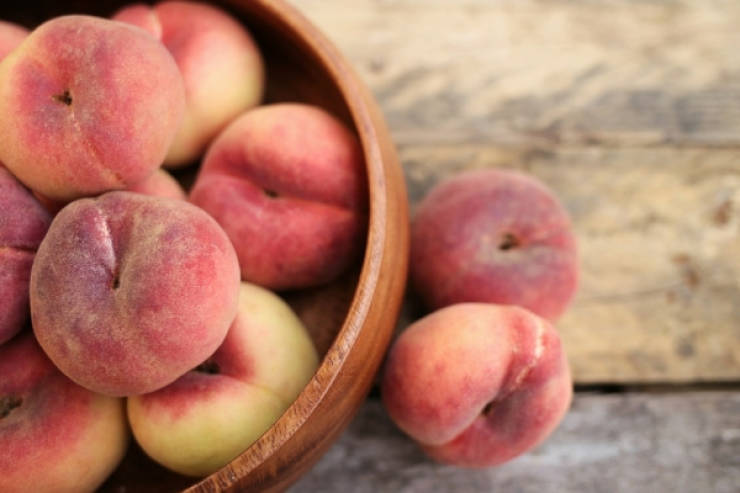
Cucumbers
The vegetable benefits greatly from the pollination of many bees, namely honey bees, squash bees, and bumblebees.
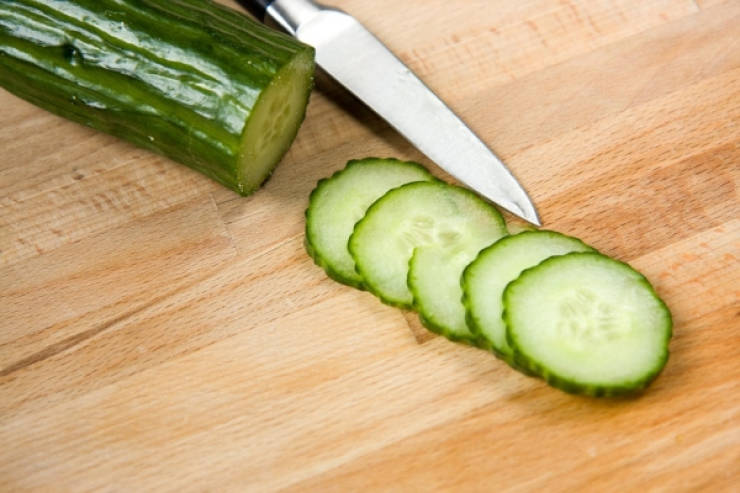
Pears
Pear orchards need almost twice as many bees as other types of fruit trees to assist in pollination.
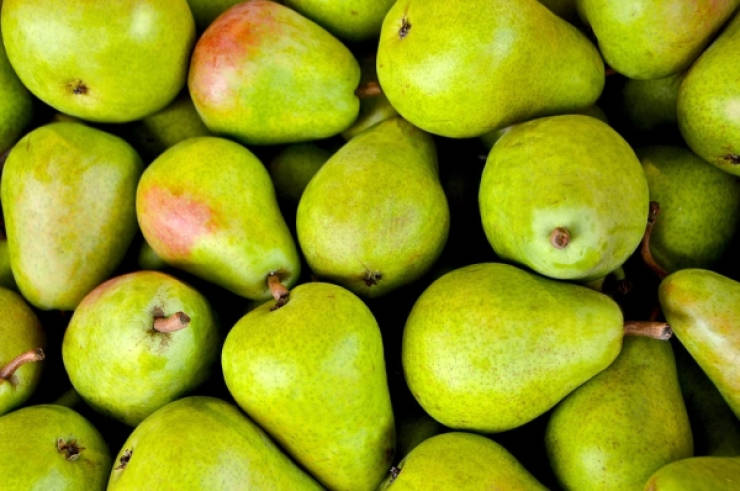
Coriander
The herb, also known as cilantro, needs the help of honey bees to flourish.
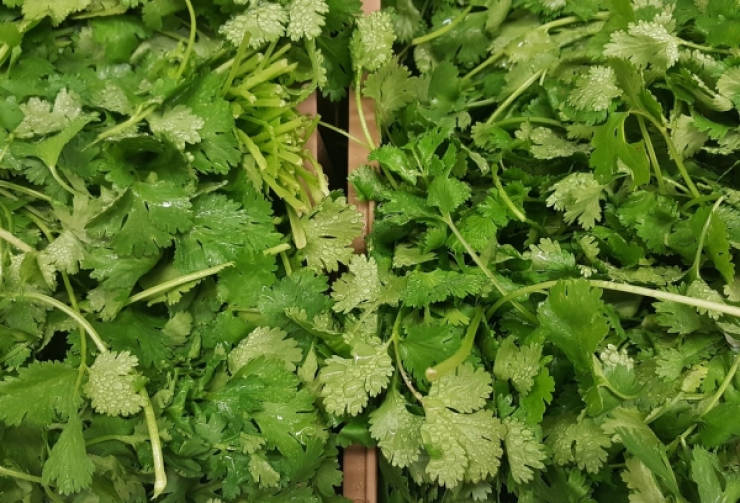
Strawberries
Though strawberries are capable of self-pollination, bee pollination helps the crop reach its maximum potential to produce bigger and better berries.
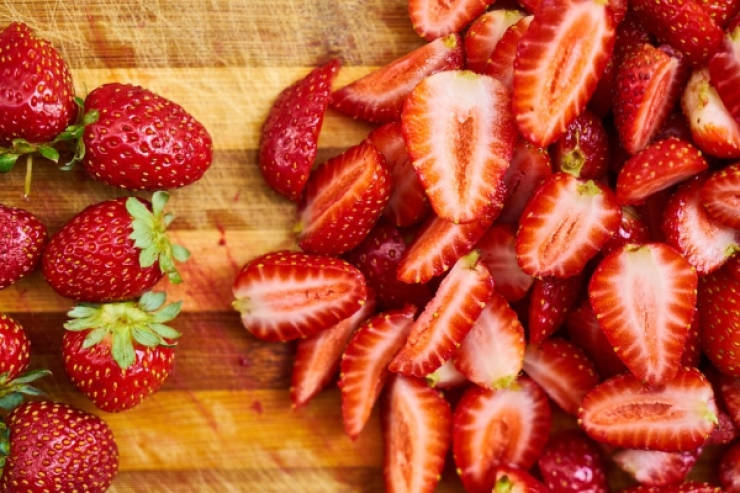
Pumpkin
In a world without bees there would be no pumpkins, zucchini, or certain varieties of gourds and squashes.
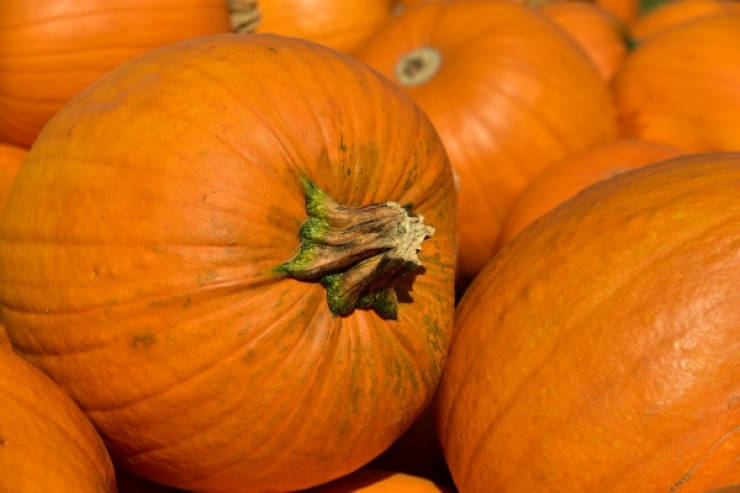
Tea
Camellia sinensis, or the tea plant, is almost entirely reliant on pollinators including bees.
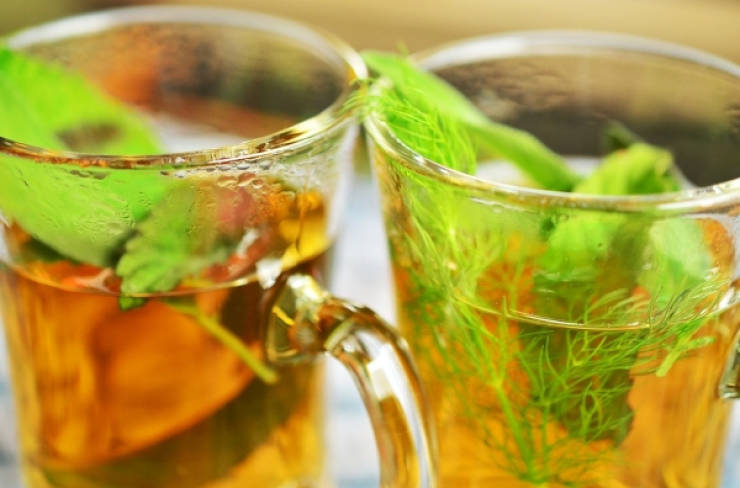
Cantaloupe
Honey bees, squash bees, bumblebees, and solitary bees help the fruit thrive.
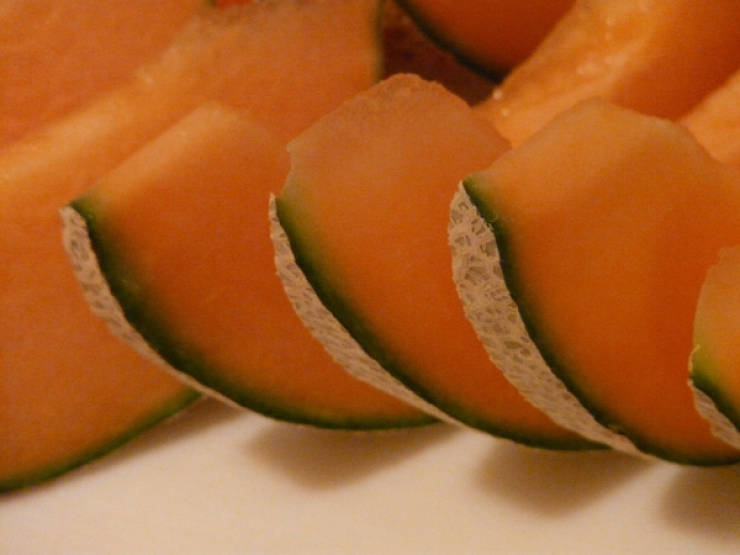
Watermelon
Bee pollination is essential for watermelon.
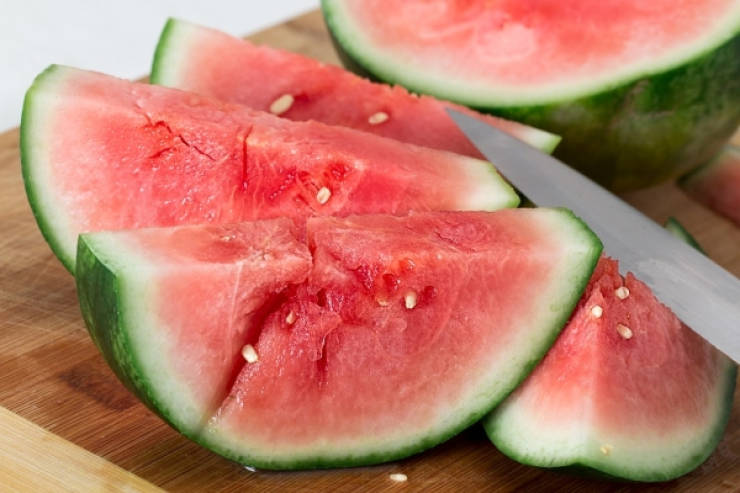
Tomatoes
The commercial production of the plant relies heavily on buzz pollination from bees. Tomatoes need vibration in order to release their pollen, and bees help shake the pollen loose.
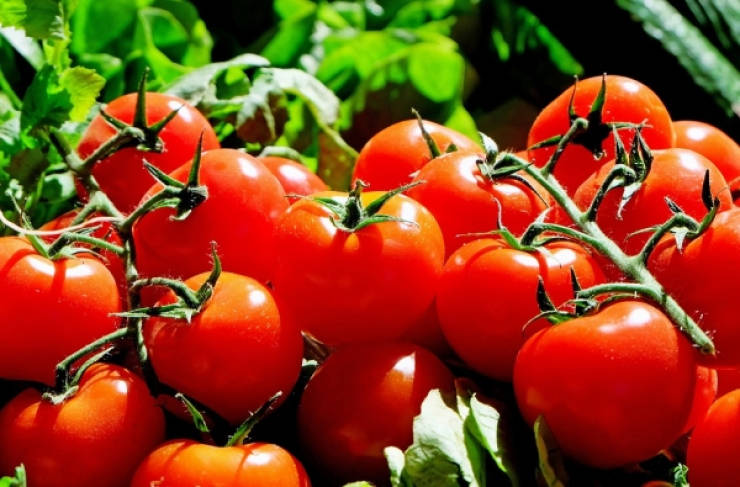
 Barnorama All Fun In The Barn
Barnorama All Fun In The Barn